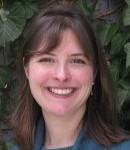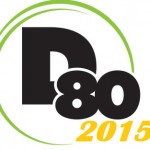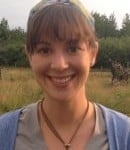From Tech Today:
Audrey Mayer will visit Guohang Tian’s urban planning research group at Henan Agricultural University in Zhengzhou, China, Monday through Saturday of next week.
Her visit is sponsored by the Zhengzhou Administration for Foreign Experts Affairs.
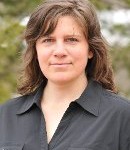
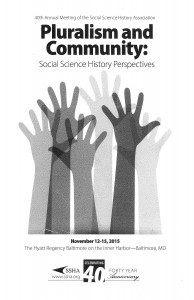

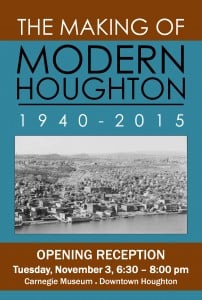
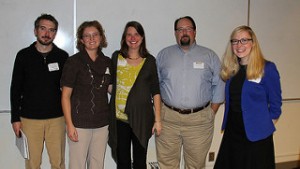
 elle Winkler will be presenting her talk titled “
elle Winkler will be presenting her talk titled “